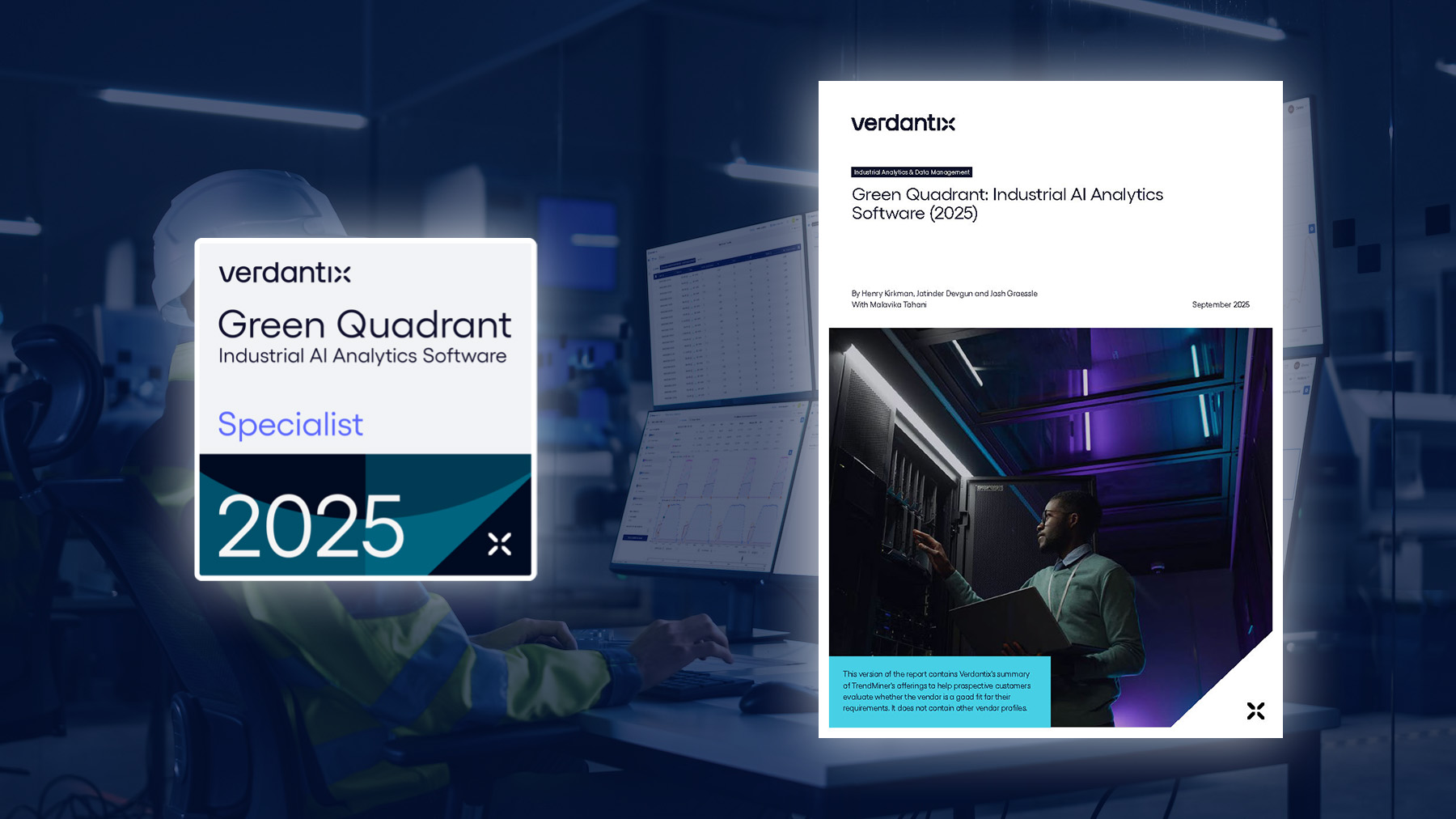.jpg)

This video demonstrates how TrendMiner is used for Asset Analytics, specifically to monitor the health of a pump and predict failures.
The user starts with a high-level dashboard that provides a real-time overview of "Pump 205," showing key metrics like flow, pressure, and the number of failures. The goal is to understand why the pump is failing.
The core of the analysis involves these steps:
- Finding Failure Events: The engineer uses TrendMiner to search through historical data and locate all the times the pump has failed.
- Comparing Data Layers: They then overlay the data from all these failure events on top of each other. This visual comparison immediately reveals a common pattern: in every case, the pump's flow rate begins to fluctuate wildly for a period of time before it eventually shuts down.
- Creating a Soft Sensor: To automatically detect this specific fluctuation, the engineer creates a new calculated tag that measures the range (or variability) of the flow rate. This new tag spikes whenever the flow becomes unstable.
- Setting Up Proactive Alerts: Finally, they create a monitor that watches this new "range" tag in real-time. If the range exceeds a set limit, it automatically triggers an alert, warning operators that the pump is likely heading toward a failure.
This process transforms maintenance from reactive (fixing the pump after it breaks) to proactive, using the plant's own data to provide an early warning and prevent costly, unplanned downtime.
This video demonstrates how TrendMiner is used for Asset Analytics, specifically to monitor the health of a pump and predict failures.
The user starts with a high-level dashboard that provides a real-time overview of "Pump 205," showing key metrics like flow, pressure, and the number of failures. The goal is to understand why the pump is failing.
The core of the analysis involves these steps:
- Finding Failure Events: The engineer uses TrendMiner to search through historical data and locate all the times the pump has failed.
- Comparing Data Layers: They then overlay the data from all these failure events on top of each other. This visual comparison immediately reveals a common pattern: in every case, the pump's flow rate begins to fluctuate wildly for a period of time before it eventually shuts down.
- Creating a Soft Sensor: To automatically detect this specific fluctuation, the engineer creates a new calculated tag that measures the range (or variability) of the flow rate. This new tag spikes whenever the flow becomes unstable.
- Setting Up Proactive Alerts: Finally, they create a monitor that watches this new "range" tag in real-time. If the range exceeds a set limit, it automatically triggers an alert, warning operators that the pump is likely heading toward a failure.
This process transforms maintenance from reactive (fixing the pump after it breaks) to proactive, using the plant's own data to provide an early warning and prevent costly, unplanned downtime.
Access now
Subscribe to our newsletter
Stay up to date with our latest news and updates.
Other Webinars on Demand
Press Play on Operational Improvement
Other Resources
Explore Our Newest Content to Maximize Your Operational Efficiency



.jpg)
.jpg)
.jpg)






